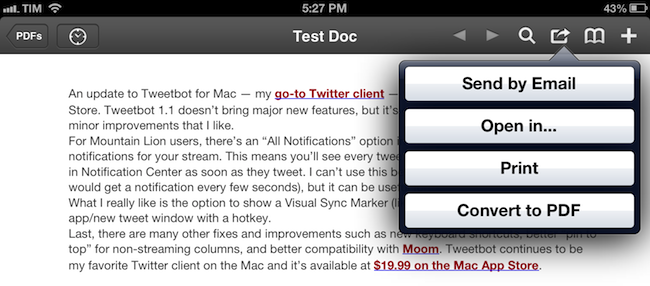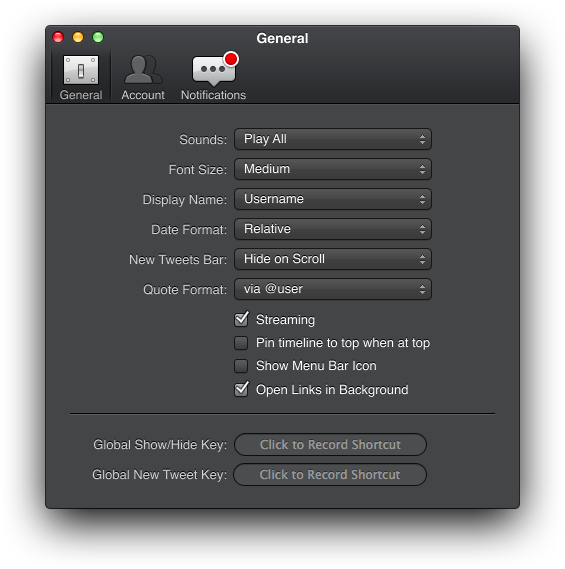Televised
I don’t watch American TV shows as soon as they’re aired, mainly because, being based in Italy, I don’t have access to legal TV subscription. However, I do like to “stay in the loop” with news and episode dates so I can later download everything in iTunes. Televised is a new iPhone app developed by Robocat that wants to provide a way to easily catch up on “status updates” for TV shows you’re interested in.
Televised takes a very visual approach. TV shows are presented as posters of the current season and the entire app features a custom design by Michael Flarup that is a mix between the dark style of Plex and a remote. In fact, you can tap on the hamburger button in the top left to open a section with buttons for Settings, Help, and “Add Shows”. Unlike most iOS apps, this section doesn’t open from a side, but from the top, with an animated light reminiscent of a TV remote. The design is very particular, but I found it to be slightly confusing coming from apps such as Facebook or Rdio (and really, just about any other app these days), which use a standard side-panel navigation. However, considering Televised’s highly custom approach to navigation, sounds, and modal views, I think the alternative take fits with the rest of the app.
The core element of Televised are the show preview thumbnails. You can tap on one to bring up a modal “card” that comes in the foreground with a nice 3D animation. Each card contains information about a show’s upcoming episode with summary, background photo, airing date, and three buttons at the bottom. These buttons let you share an episode, turn on notifications (which I haven’t been able to test), and “View on IMDB”. Televised uses data from TheTVDB, but if you have the IMDB app installed it’ll try to display a selected episode’s information on the service. I say “try” because – I don’t know if this is related to Televised or IMDB itself – in my tests I haven’t always been redirected to an episode’s proper page.
Televised focuses more on the “upcoming” aspect of TV shows rather than providing a fully searchable archive of a show’s episodes. There are some nice touches (the static effect as background for modal cards is one of them) and some aspects I can’t comment on (such as the future reliability of notifications), and the app does undoubtedly look good on the Retina display. I recommend checking out Televised on the official website, where there’s also a promo video.







